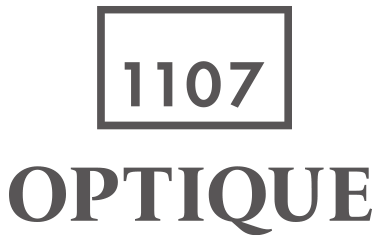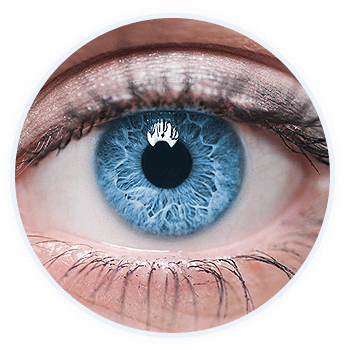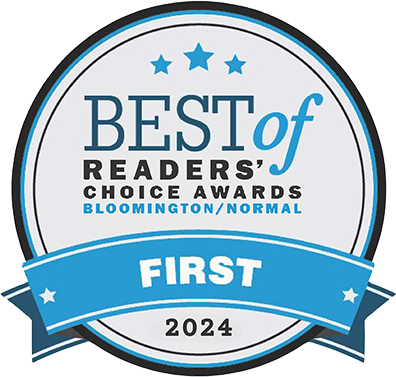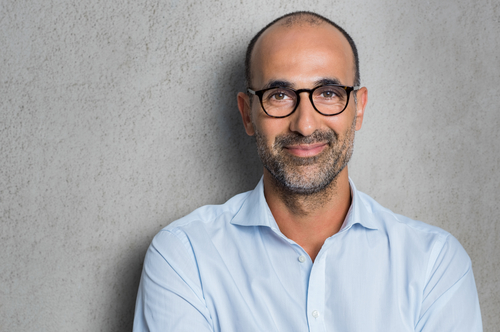
Eye exams are a vital part of taking care of your eyesight. Exams give you and your eye doctor necessary information about the current state of your eyes.
They also provide clues to eye problems you currently have and not know it or could be at risk for soon. Early detection is essential to prevent permanent damage and vision loss.
Diseases like glaucoma, macular degeneration, and diabetic retinopathy can ravage your sight. But early intervention can slow or halt them.
Comprehensive eye exams can be extensive. Keep reading to learn about three things to know before your next one.
How Long Does an Eye Exam Take?
An eye exam is not a simple checkup where the eye doctor simply looks at your eyes, informs you of any problems, and then sends you home. You’ll have to undergo a series of tests that examine all kinds of different aspects of your eye health.
While most of these tests don’t take much time on their own, collectively, the time adds up. Coupled with discussion and questions, you can expect the exam to last at least between an hour to an hour and a half.
The length of time depends on which tests your eye doctor administers, as not every eye exam is the same. They decide which tests are best for you based on your risk factors and current vision problems.
What Tests Happen in an Eye Exam?
There are a wide array of tests your eye doctor can do to determine the health of your eyes. Some are for your general eye health, and many more target specific areas of your eye and indicate certain conditions.
Here are just a few you will likely undergo during a comprehensive eye exam:
Eye Chart
The eye chart, or Snellen chart, measures visual acuity in a simple yet informative way. You sit or stand the equivalent of 20 feet away from a monitor that displays rows of increasingly smaller, random letters for this test.
Each row of letters has a number associated with the font size of the print. If you can read the row labeled 20 from twenty feet away, you have 20/20 vision.
Keratometry
Keratometry measures the curvature of your cornea to give your eye doctor a closer look at potential refractive issues. This is particularly necessary to get fitted for contact lenses.
Tonometry
Glaucoma is a symptomless disease that is sometimes only detectable by a medical professional. If it is not caught early, it will cause permanent damage to your vision, so testing is crucial if you are at risk.
Glaucoma damages your eyes by slowly increasing the pressure inside your eyes. The name for this pressure is intraocular pressure or IOP. High IOP is a sign that you may have glaucoma.
How to Prepare For Your Eye Exam
There are things you can do to maximize the effectiveness of your eye exam. First, it helps if you make a note of any recent changes to your vision. Blurriness, light flashes, or dark spots in your peripheral vision are all symptoms of different eye problems.
Next, it’s helpful if you get familiar with your family history of health problems. These will help your eye doctor determine the risk factors you may have.
Also, your doctor will want to go over your medical history and current medications, so be sure to bring a list or the actual medications and eye drops with you to your appointment.
Bringing your contacts and/or glasses to the exam is essential, as is scheduling a ride home if your eyes are going to be dilated. You are not able to drive home after your exam if your eyes are being dilated.
Our doctors recommend a healthy eye exam at least every couple of years. Is it time for you to have an eye exam? Schedule an appointment at VisionPoint Eye Center in Bloomington, IL, today!


